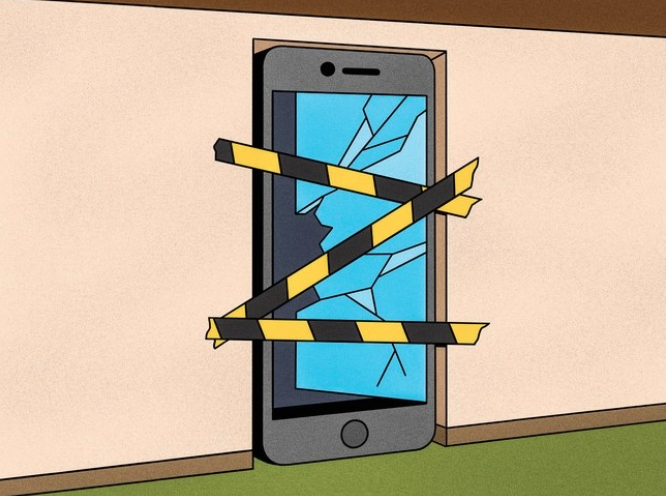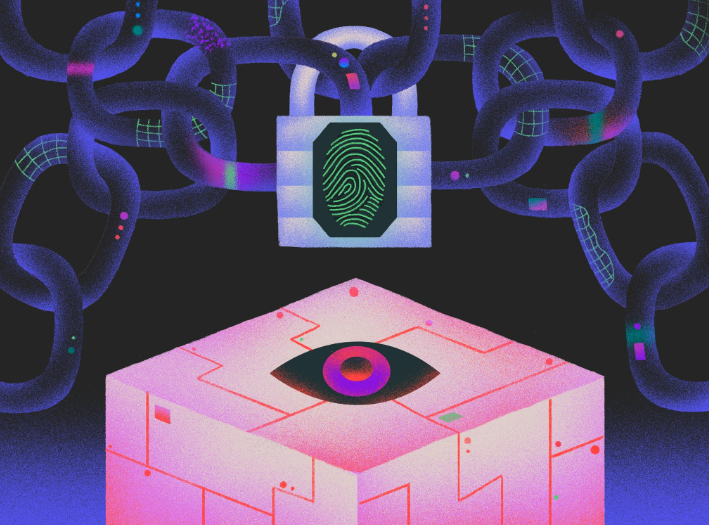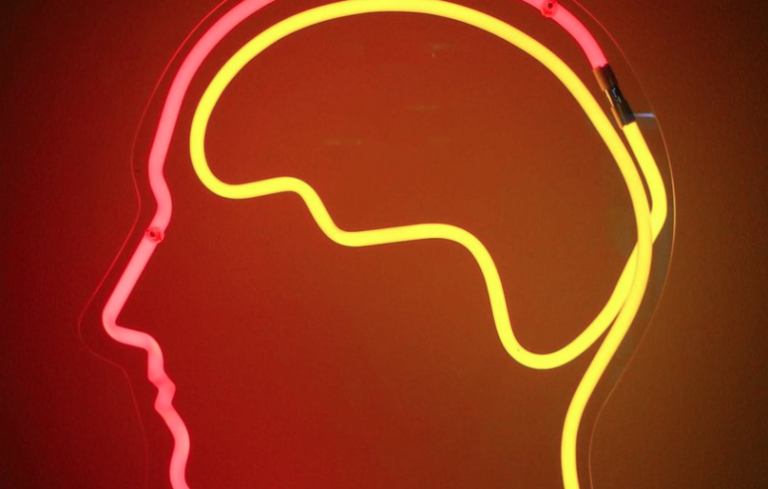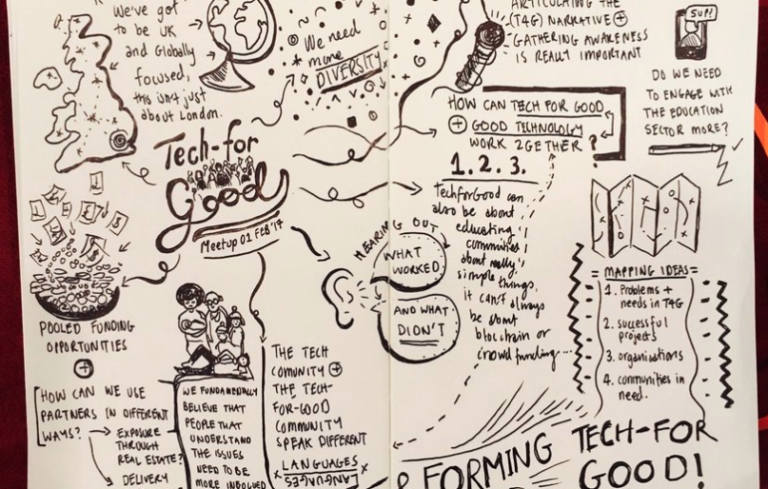Putting ethics at the heart of the design process
08/31/2019
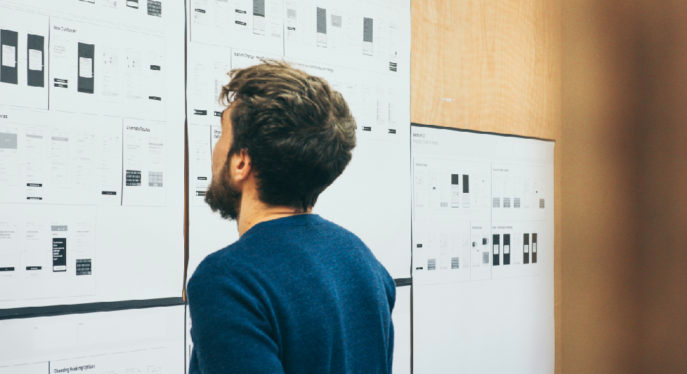
In the age of internet addiction, how can we, as designers, create experiences that have a positive impact on our users’ mental health and well-being?
When we receive a text, our brains release the chemical dopamine (you’ve probably heard of it), which gives us a rush of happiness and a feeling of contentment or even euphoria.
This all sounds fine, but not when you consider that when we drink, smoke and gamble it’s the exact same trigger for dopamine, making the experiences “highly highly addictive”.
If governments, councils and communities are all taking action to reduce the negative impact these addictive activities are having on our mental health; why are we yet to see restrictions on things like social media?
“It’s the equivalent of opening the liquor cabinet and saying to our teenagers ‘hey by the way if this adolescence thing gets you down [nods at cabinet] ”.
How do brands design an experience that negatively impacts our mental health?
Let’s start with social media, one of the worst offenders when it comes to dark patterns, more specifically, their misuse of personal data.
In one of the worst cases I’ve seen so far, Facebook tested the use of positive vs negative posts in users feeds, what they did wrong was not notifying users this was happening, so some people had their feeds full of negative posts, without a second thought to how this would affect users with depressions or anxiety.
A few other examples include having additional items added to your basket before you checkout (most commonly insurance for products you buy) and the way brands give you constant pop-ups to tell you many items they have left in stock (which is usually not true at all) to make you feel like you have to make a purchase and quickly.
My least favourite dark pattern, however, is when you sign up for a free trial, but when it ends, you’re charged for the next month without being informed your free trial had ended.
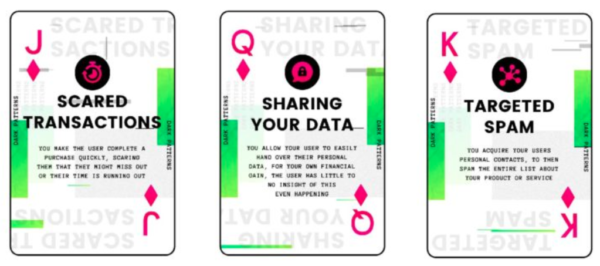
The Dark Patterns card deck – brought to life by designer James in a project to raise awareness of immoral design and ethical alternatives.
The principles of Human-Centered Design
Human centered design refers to an approach that puts people, not users, at the heart of every decision made throughout the process.
Getting individuals involved in each and every stage throughout the process, every single decision made takes into consideration the views of the end users, no assumptions are made on what will add the most value or create the best experience or them.
This includes everything from deciding on a feature set to how people navigate your platform or even the tone of voice used to convey content and information.
In a world where compromises are always going to need to be made to our designs, between conflicting opinions and goals of stakeholders, users and the environment around them, it’s so, so important we take a holistic view when it comes to design.
In the design world, it can be very easy to preach that your design process is human centered and ethical but very difficult to actually follow and maintain. Taking a holistic approach means stepping back and looking at the bigger picture around our projects.
Which in turn allows you to fully understand ‘the space between’ your product or service, and the impact that this has not only to your users but also to the people, nature and environment that your product or service will go on to effect, either now or in the distant future.
As designers, we have a huge responsibility to safeguard our users from unethical experiences
Our mission is to change millions of lives for the better; by having the best people working on the best projects to make the biggest impact. Our design vision to achieve this? Create the best possible experience for our users.
Meaning that sometimes we have to be brave and challenge clients on whether or not something should be included in an app or downright turning away opportunities that we feel stray from tech for good projects and will have negative impacts on communities in the long run.
Design ethics aren’t a set a rules for your team to follow, they’re a living, moving set of values that should be the guiding star to everything that you work on. They change, they adapt, they differ; the important thing is that they’re present at each stage and decision your team make.
Original Article published on 3sidedcube by Noah Abbott under: https://3sidedcube.com/ethical-design-process/







